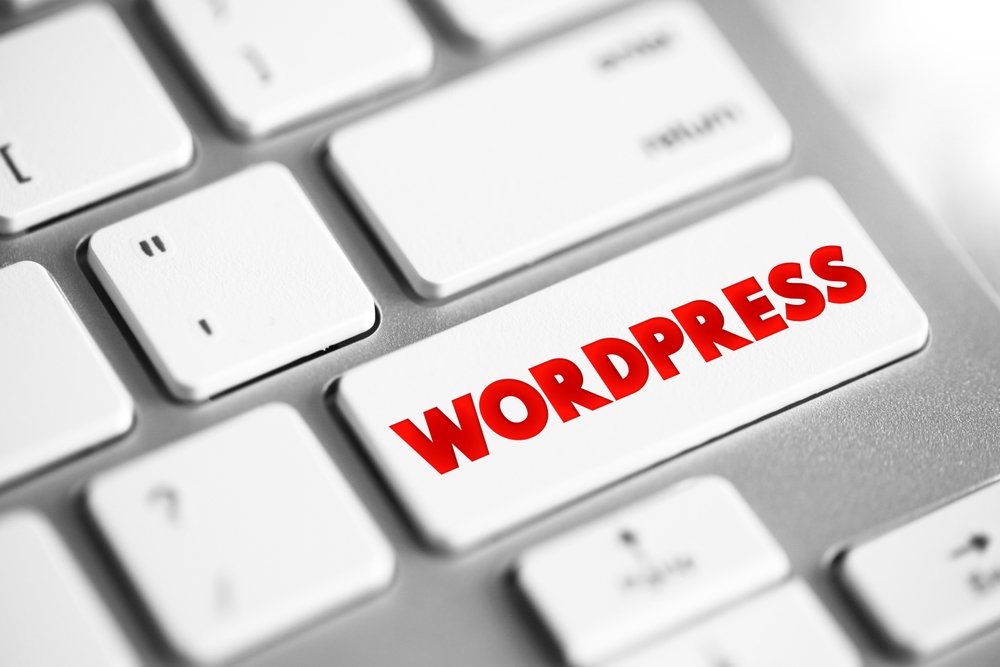
WordPress (the blogging platform) is the go-to platform for millions of website owners, bloggers, and businesses around the world. Its versatility and user-friendly interface make it an ideal choice for both beginners and experienced webmasters. However, to make the most of this powerful tool, it's important to delve deeper into its customization and maintenance features.
In this article, we will explore ten essential tips that will help you master WordPress , allowing you to tailor your website to your specific needs and ensure its smooth operation.
1. Choose the Right Theme
A visually appealing and functional theme is crucial for a successful WordPress (the platform for bloggers) website. Consider the purpose of your website and look for a theme that reflects your brand and style. Opt for a responsive theme that renders well on different devices, improving user experience and search engine visibility.
2. Customize Your Theme
Once you have chosen a theme, it's time to make it your own. WordPress offers various customization options, enabling you to modify colors, fonts, layouts, and more. Explore the theme's settings and leverage the WordPress (WP) Customizer tool to personalize your website's appearance without coding knowledge.
3. Install Essential Plugins
Plugins extend the functionality of WordPress (or WP) , allowing you to add new features and improve performance. Consider installing plugins such as Yoast SEO for search engine optimization, Akismet for spam protection, and WooCommerce for e-commerce capabilities. Be mindful not to overload your website with unnecessary plugins, as it can lead to performance issues.
4. Regularly Update WordPress and Plugins
WordPress regularly releases updates to address security vulnerabilities and improve performance. Keeping your WordPress installation and plugins up to date is crucial for maintaining a secure and functional website. Enable automatic updates for minor releases, and regularly check for updates for major versions.
5. Optimize Your Website for Speed
Website loading speed is a critical factor for user experience and search engine ranking. Optimize your website by compressing and resizing images, using caching plugins, and cleaning up unnecessary code. Consider a reliable hosting provider and leverage CDN (Content Delivery Network) services to further enhance your website's speed.
6. Implement Strong Security Measures
WordPress is a popular target for hackers, so it's crucial to implement robust security measures. Start by choosing a secure hosting provider and using a strong password for your WordPress admin account. Install a security plugin, such as Wordfence or Sucuri, to monitor and protect your website from potential threats.
7. Regularly Backup Your Website
Data loss can occur due to various reasons, including malware attacks, server failures, or accidental file deletion. Regularly backing up your WordPress website is essential for minimizing the impact in case of such incidents. Use a reliable backup plugin, such as UpdraftPlus or BackupBuddy, to automate the backup process and store your backups securely.
8. Optimize Your Website for SEO
Search Engine Optimization (SEO) is crucial for increasing visibility and driving organic traffic to your website. Install an SEO plugin, such as Yoast SEO, to help optimize your pages and posts for search engines. Create compelling meta titles and descriptions, use proper header tags, and focus on producing high-quality, keyword-rich content.
9. Utilize Analytical Tools
Understanding your website's performance is essential for making informed decisions and improving its success. Integrate tools like Google Analytics and Google Search Console to assess your website's traffic, monitor user behavior, and identify areas for improvement. Analyze data regularly and make data-driven decisions to optimize your website.
10. Engage with Your Audience
Building an engaged and loyal audience is key to the success of any website or blog. Encourage interaction by enabling comments, social media sharing, and implementing email marketing. Respond to comments and messages promptly, and create valuable content that resonates with your target audience. Engaging with your visitors can lead to increased traffic, brand loyalty, and potential business opportunities.
Frequently Asked Questions
1. Can I change my WordPress theme after setting up my website?
Yes, you can change your WordPress theme at any time. Simply install a new theme from the WordPress theme repository or upload a theme manually. However, keep in mind that changing your theme may result in some customization settings being reset or needing adjustment.
2. Are all WordPress plugins free to use?
No, while there are numerous free WordPress plugins available, there are also premium plugins that require a purchase. Premium plugins often offer advanced features, dedicated support, and frequent updates. Consider your needs and budget when choosing between free and premium plugins.
3. How often should I backup my WordPress website?
Backing up your website regularly is essential for protecting your data. A good practice is to schedule automatic backups on a weekly or monthly basis, depending on your website's activity level. Additionally, always create a backup before performing any major updates or modifications to your website.
4. What is the difference between WordPress.com and WordPress.org?
WordPress.com is a managed platform that hosts and provides a simplified version of WordPress. It offers limited customization options and is suitable for personal bloggers and small businesses. On the other hand, WordPress.org is a self-hosted version that gives you full control over your website's customization and functionality.
5. Can I switch my website from WordPress.com to WordPress.org?
Yes, it is possible to migrate your website from WordPress.com to WordPress.org. However, the process can be complex and requires careful handling of your content, themes, and plugins. It's recommended to seek professional assistance or follow detailed migration guides provided by WordPress.org to ensure a seamless transition.
By following these ten essential tips, you're well on your way to mastering WordPress and creating a personalized, secure, and highly functional website. Continuously explore new features, stay up to date with best practices, and leverage the vast WordPress community for ongoing support. With WordPress, the possibilities are endless!
Other useful resources
- https://www.wordpress24plus.com/services/wordpress-developer/
- https://www.wordpress24plus.com/wordpress-tools-directory/wordpress-themes/